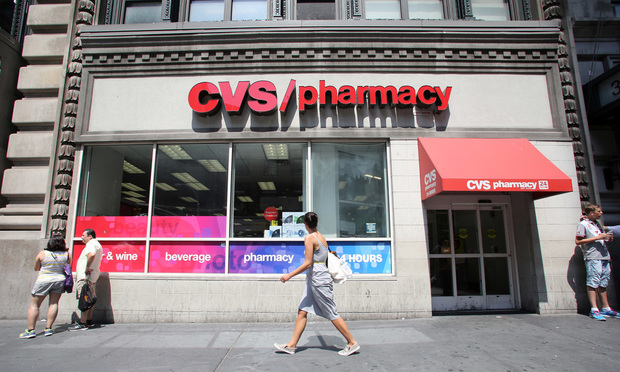Utilization dropping for many clinics, but telehealth use is increasing
Between 2017 and 2018, telehealth saw a 12 percent increase in utilization, and retail clinics use grew 10 percent.

A new report by FAIR Health suggests that Americans are prioritizing lower cost and easier access in the types of care they seek, with increases in the use of telehealth and retail clinics. The increase of telehealth use was seen even before the current COVID-19 pandemic, which has caused a spike in telehealth usage nationwide.
The FH Healthcare Indicators and FH Medical Price Index is an annual tracking report of usage and price trends among consumers, based on a database of over 30 billion privately billed healthcare claim records.
Related: Amid coronavirus outbreak, telemedicine provides vital link to care and prevention
The main finding of the report is that between 2017 and 2018, telehealth saw a 12 percent increase in utilization, and retail clinics use grew 10 percent, while use of urgent care centers, ambulatory surgery centers (ASCs) and emergency rooms (ERs) all declined.
“Despite the increase of telehealth and retail clinic usage from 2017 to 2018, growth in utilization of the five places of service as a whole slowed in recent years,” the report said. “For retail clinics and telehealth, there was growth in 2013-2018, but at a slower rate compared to 2012-2017. For urgent care centers, ASCs and ERs, there was growth in 2009-2018, but at a slower rate compared to 2008-2017.”
A slowing utilization trend
As the reported noted above, the five-year trend lines showed a slower growth rate for some areas, but in addition, the year-to-year rate has shown a decrease in utilization. Between 2017 and 2018, three areas saw a decrease in utilization: urgent care centers (an 11 percent drop), ASCs (12 percent) and ERs (15 percent). During the same time, retail and telehealth use increased.
These number suggest that cost and convenience are driving forces in how consumers choose their health care. However, the report also noted that during that 2017-2018 time period, retail and telehealth actually saw a drop in usage in rural areas—meaning that the gain in urban areas was enough to offset those numbers. For the other three areas, urgent care, ASCs, and ERs, both urban and rural utilization decreased in 2017-2018.
Difference in use due to gender and age
The study was consistent in finding that women utilized all venues of care more than men. There were also difference in age group utilization; retail clinics and ERs saw the greatest share of claims in 2018 for the 51-60 age group. For the same year, the 31-40 age group turned to urgent care and telehealth more than the other types of care.
In a statement released with the report, FH Health said telehealth is expected to increase in utilization due to the current COVID-19 pandemic. “In In light of the need for expanded health care resources, and the need to avoid in-person contact that may promote disease transmission, telehealth is widely seen as having potential to extend its reach at this time, and regulations restricting it are being relaxed.”
The COVID-19 pandemic also could have a significant impact on urgent care and retail clinics, at least in the short term. The No. #1 claim line for both types of clinics, according to this study, was in the area of acute respiratory infections—which made up 31 percent of claims for retail care and 28 percent of claims in urgent care.
And although both types of sites are facing challenges, it’s hard to imagine retail clinics—often tucked into small quarters in grocery stores and pharmacies—as being a good place for assessing possible COVID-19 cases. However, it appears that industry is trying to adapt to the new realities of the pandemic. Last week, CVS Health and Minute Clinics announced drive-through testing sites in two states, Georgia and New Hampshire. How these moves will play out in the future is, like so many things at this time, uncertain.
Read more:

